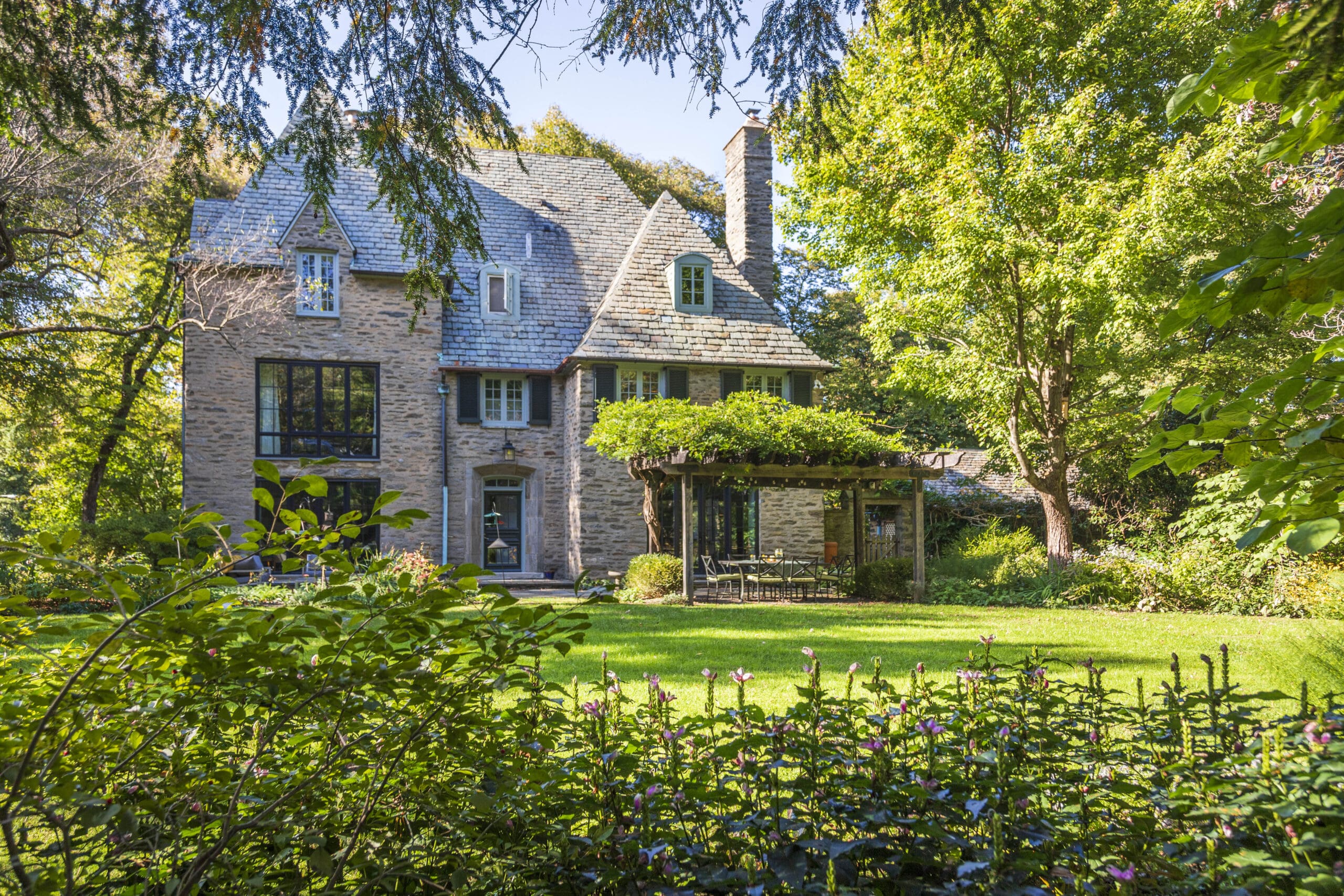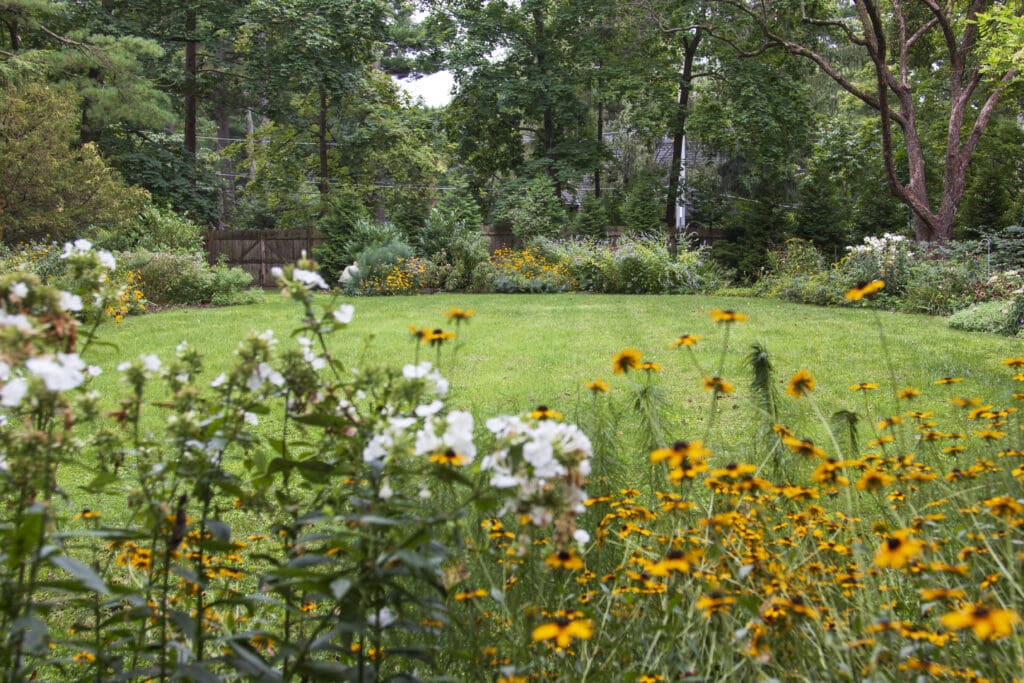
Nature is at the heart of this backyard sanctuary in Philadelphia, Pennsylvania. Since the original installation in 2017, the owners have sought to create a green space where wildlife is encouraged and given refuge in this heavily populated area.
GreenWeaver Landscapes, based in Media, Pennsylvania, handled the installation and has been responsible for maintenance since 2019. The team has embraced the unique challenges of caring for this property, leading them to win a 2023 Silver Award of Excellence.
Jennifer Nichols, president of GreenWeaver, shares the excitement of winning the award.

“We were surprised and excited to have won because this is one of the first naturally maintained properties we have seen win an award for maintenance,” Nichols says. “It’s great to showcase what we do best and show others that ecological landscapes can be beautiful. Ultimately, we hope to use this recognition to educate and inspire both clients and other landscape professionals.”
From birds to pollinators, the owners want to maximize the benefits for wildlife, starting with the right plants in the right place.
“Although the original design intent remains, plant composition has changed over time,” Nichols says. “Some of the original plants did not thrive where they were installed, so we moved them to other locations while replacing them with other species. As the plantings have matured and filled in the beds, the property requires less weeding and far less mulch.”
The property has various microclimates, ranging from full sun to deep shade, so the team has been selective in choosing species that will add season-long color and interest in each area. Matrix plantings provide a cohesive look across the property while offering eco-friendly benefits.

“In a part shade area of the garden, we planted the ground layer with groupings of blue wood aster (Aster cordifolius), Pennsylvania sedge (Carex pensylvanica), goldie’s wood fern (Dryopteris goldiana), and blue mistflower (Conoclinium coelestinum),” Nichols says. “We then used taller plants like Black cohosh (Actaea racemosa) and tall larkspur (Delphinium exaltatum) as accent plants to add visual interest.”
Since 2019, an established patch of goutweed has been a persistent challenge along the fenceline and newer perennial beds. To work with the owners’ vision of only using organic control methods, GreenWeaver has found various solutions to manage the problem.
“Our first line of control was hand removal, then planting the area with vigorous native species such as golden groundsel (Packera aurea), blue mistflower (Eupatorium coelestinum), and goldie’s wood fern (Dryopteris goldiana),” Nichols says. “The client understands that there will always be some goutweed on the property and has approved some organic control with Burnout.”
Along the wooded area near the perennial beds, a buffer is created by smothering the goutweed with cardboard.
As the seasons change, GreenWeaver takes extra steps to improve the soil and give wildlife a helping hand. In fall, the leaves remain in the beds, providing shelter for salamanders and beneficial insects. The perennial stems also protect insects.

“We perform selective cutbacks of perennials and leave some hollow stems throughout the year for insect habitat,” Nichols says. “Almost all cut stems are left in the beds for mulch, so there is very little debris. If there is excessive debris, it’s left on-site in a compost pile. This technique allows us to use mulch only for touch-ups or bare spots. Last year, we used one cubic yard of composted leaf mulch for the entire yard.”
For several years, the owner has asked for no power tools to be used on the property, so these methods also reduce the work needed for maintaining the gardens throughout the year.
For Nichols and her team, this property is a rarity.
“We are thrilled to have a client who is an early adopter and enthusiastic partner in ecological land management,” Nichols says. “It is very rare for someone to encourage us to try new, low-impact ways to address problems in the landscape. It’s also a wonderful example of a beautiful ecological garden.”
Interested in participating in the Awards of Excellence? Be sure to enter your projects when entries open in early 2025.

